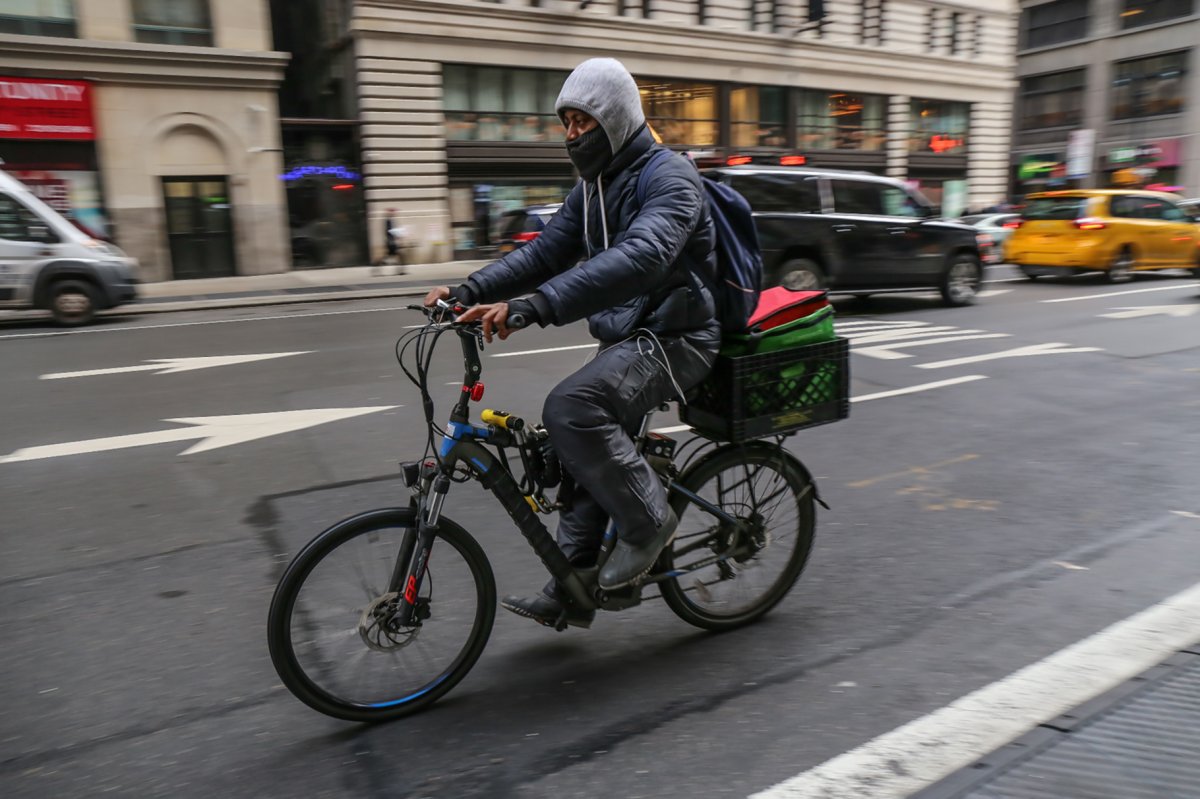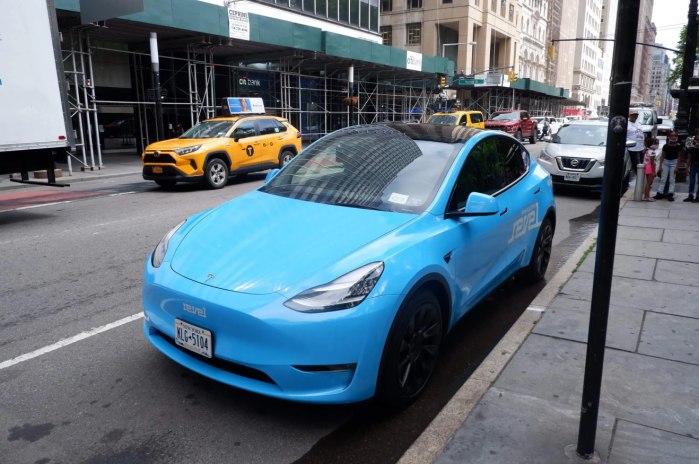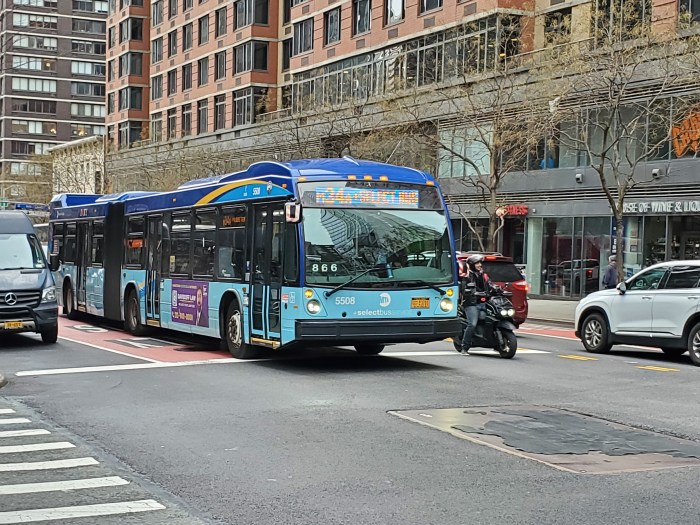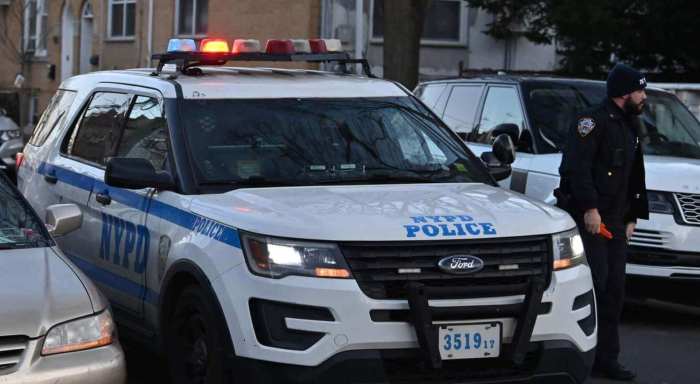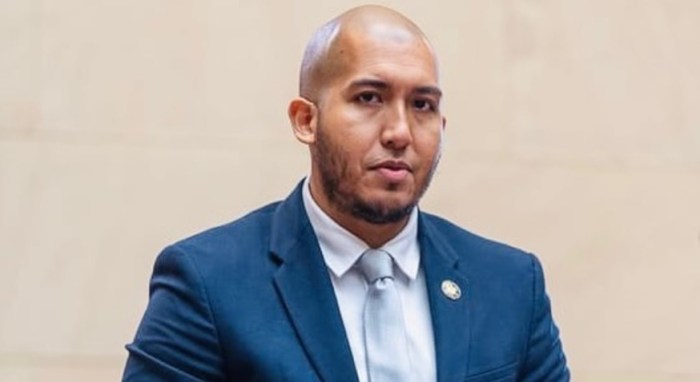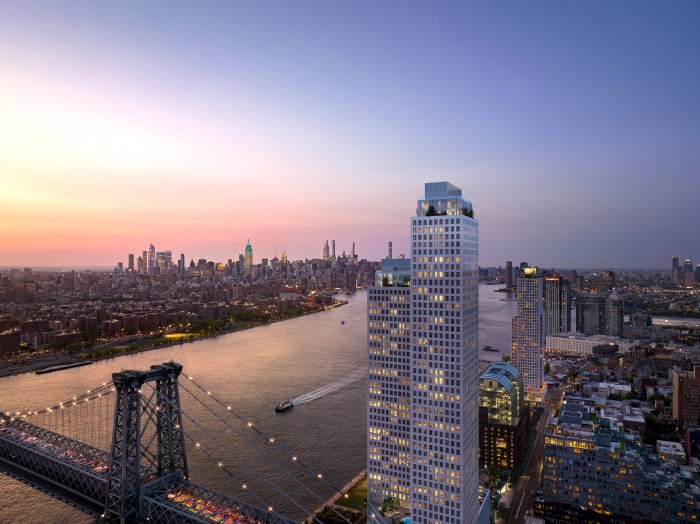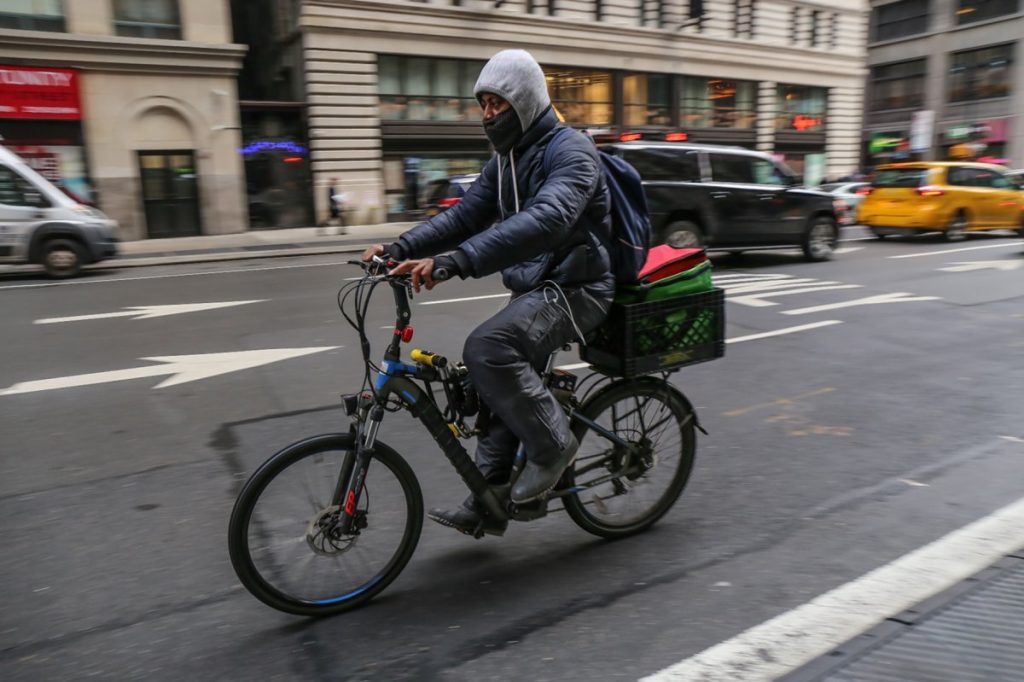
BY GABE HERMAN | As the city’s bicycle culture continues to grow, electric bikes remain a flashpoint regarding pedestrian safety and which types of e-bikes – and what type of speed — should be allowed.
The city started allowing pedal-assist bicycles this past summer, which were recently added to the CitiBike program and go up to 20 miles per hour. So-called throttle bikes — which have the speed control on the handlebar grip, like motorcycles — can go up to about 25 mph and don’t require pedaling for the motor to work.
Mayor Bill de Blasio has been outspoken against throttle bikes. He has declared them illegal under existing state law and lauded police crackdowns and seizures of them.
It hasn’t been lost on transportation advocates that outlawed throttle bikes tend to be used more by deliverymen who are often immigrants or poorer New Yorkers, while pedal-assist bikes tend to have more upper-class riders.
Recent legislation introduced in the City Council in late November tries to address the issue by legalizing all e-bikes and capping speeds at 20 mph, while also legalizing e-scooters, another emerging transportation device, which would be capped at 15 mph. The proposed law would also create a pilot bike-share program for e-bikes, and help lower-income New Yorkers get their e-bikes altered to adhere to new regulations.
At a December town hall on the Upper East Side for City Council District 4, de Blasio was asked about e-bikes by Claire Brennan, a member of Community Board 6. She said she is a native New Yorker from Stuyvesant Town, a graduate student at Hunter College, and a user of pedal-assist bikes through CitiBike. She recalled a pedal-assist ride when she saw e-bikes being confiscated from deliverymen at 20th St. and Second Ave.
“Why am I able to zip down Second Ave. on an e-bike with a smile on my face, with fresh legs, something that makes my day much easier, but people are being criminalized and lives are being ruined?” she asked. “This seems like more of a labor issue, or immigration.”
De Blasio responded first that they were enforcing state law.
“We don’t want to undermine anyone’s livelihood,” he continued. “But we are first and foremost concerned about safety. There is a safety problem with e-bikes going the wrong way on streets, driving recklessly.”
The city does not have safety data about e-bikes, though traffic deaths have decreased to record lows in the city after de Blasio’s Vision Zero program began in 2014.
A police officer from the 13th Precinct, which includes Gramercy and Stuyvesant Town, joined the town hall conversation about throttle bikes.
“It’s a large, large complaint in the 13th Precinct, and Manhattan South for that matter,” he said. “As the mayor pointed out, they are quite menacing. So, yes, we have confiscated 139 year to date and we’re going to keep going until we get it under control.”
This statement brought loud applause from most of the audience, as well as a smattering of boos.
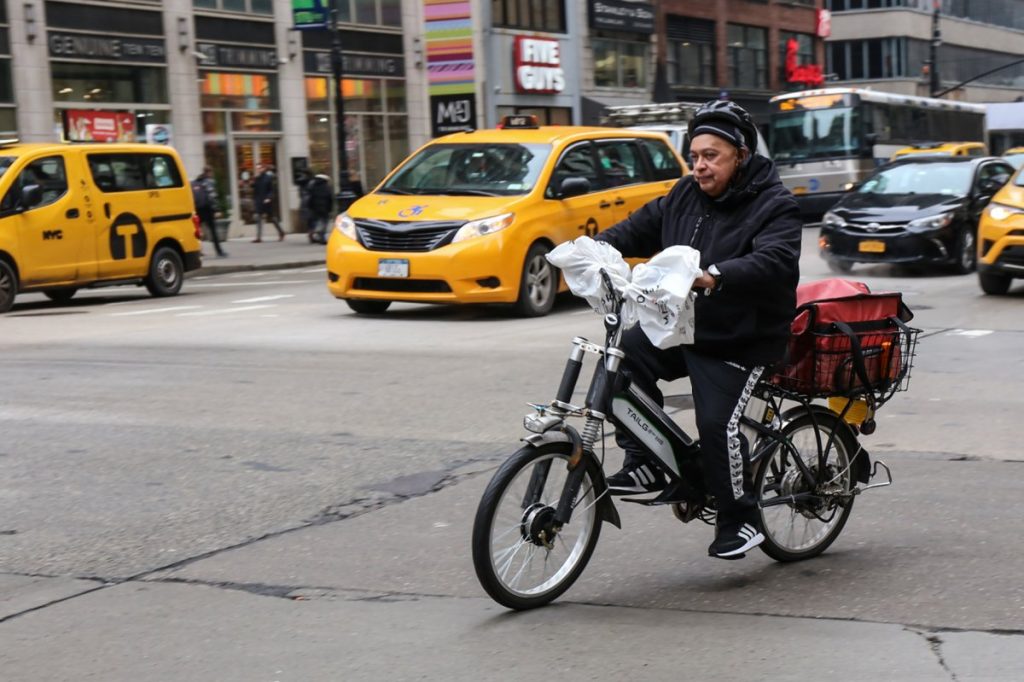
Steve Vaccaro, a local lawyer and advocate for pedestrian and bike-crash victims, said there is little actual difference between throttle and pedal-assist bikes, the latter which he said require little pressure on the pedal to work.
“There’s a discriminatory treatment of the e-bikes that people of color use, and poor people use,” he said.
Vaccaro prefers traditional bicycles for safety and health reasons, and said electric bikes, scooters and similar transports should be capped at 15 mph to prevent two different traffic flows in bike lanes. Basically, he said e-bike riders often disregard traditional cyclists and “do whatever they want” in the bike lanes. He favors letting professional riders like deliverymen get trained to be allowed to ride at 20 mph, and if they violate laws, they would then be bumped back down to 15 mph.
“Try to influence behavior with incentives rather than by hiding behind the bushes and having them pull some technical traffic violation, and then taking their bike away from them, which is what’s going on,” Vaccaro said.
Joe Cutrufo, communications director for the nonprofit Transportation Alternatives, supports more electric bikes and scooters but said more bike lanes are also needed, since there are currently only 200 miles of protected bike lanes for 6,000 miles of city streets.
“More people on the street traveling on two wheels, as opposed to traveling in cars, that’s a good thing,” he said. “But we need to accommodate those people.”
Meanwhile, Joanna Cawley, executive director of Carnegie Hill Neighbors on the Upper East Side, said that while there are no bike lanes in their area, there are plenty of cyclists that need to watch out more carefully for pedestrians, and that citywide, bikes should stay off the sidewalks. Her group agrees with the mayor’s opposition to throttle bikes on the basis of safety and speed issues.
“One thing that’s concerning about electric bikes is that they don’t make noise when they’re coming up behind you,” she said. “So I would imagine if they become more popular, some sort of noise-making device should be on each one.
“And I think the reflex issue with [little] kids and older people is something that everyone needs to take into account,” she added of the dangers of fast-moving e-bikes.
Cawley said the city needs to strictly enforce bicycle rules for everyone’s safety, including pedestrians, because, as she put it, “Electric bikes are here to stay.”
Uber lobbied the city in recent months to add up to 200,000 more e-bikes to its ride-sharing program. City bicycle usage over all grew threefold in the last decade, and is now up to nearly 500,000 bike rides daily.
Cutrufo said a traffic effort like Vision Zero is not only smart for safety, but politically, too.
“I don’t think we’re ever going back to an era where a candidate can be taken seriously who wants to rip up bike lanes and that sort of thing,” he said. “We’re beyond that now.”
When asked if bicycle culture will only continue to grow in the city, he simply said, “We’re optimistic.”



